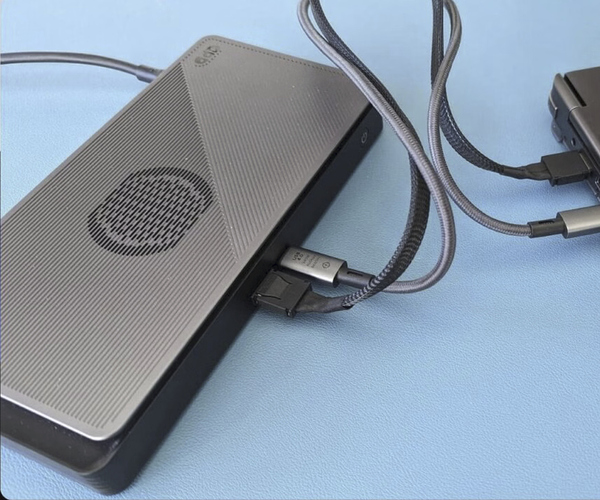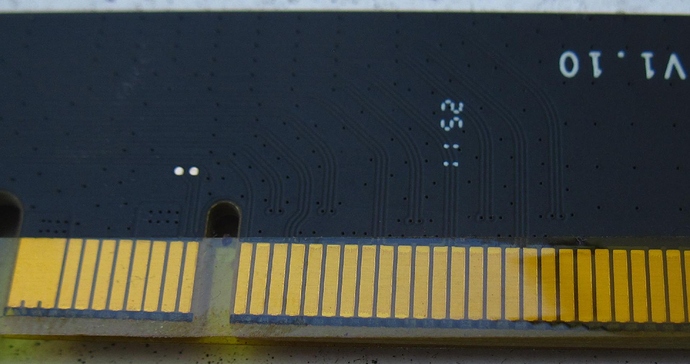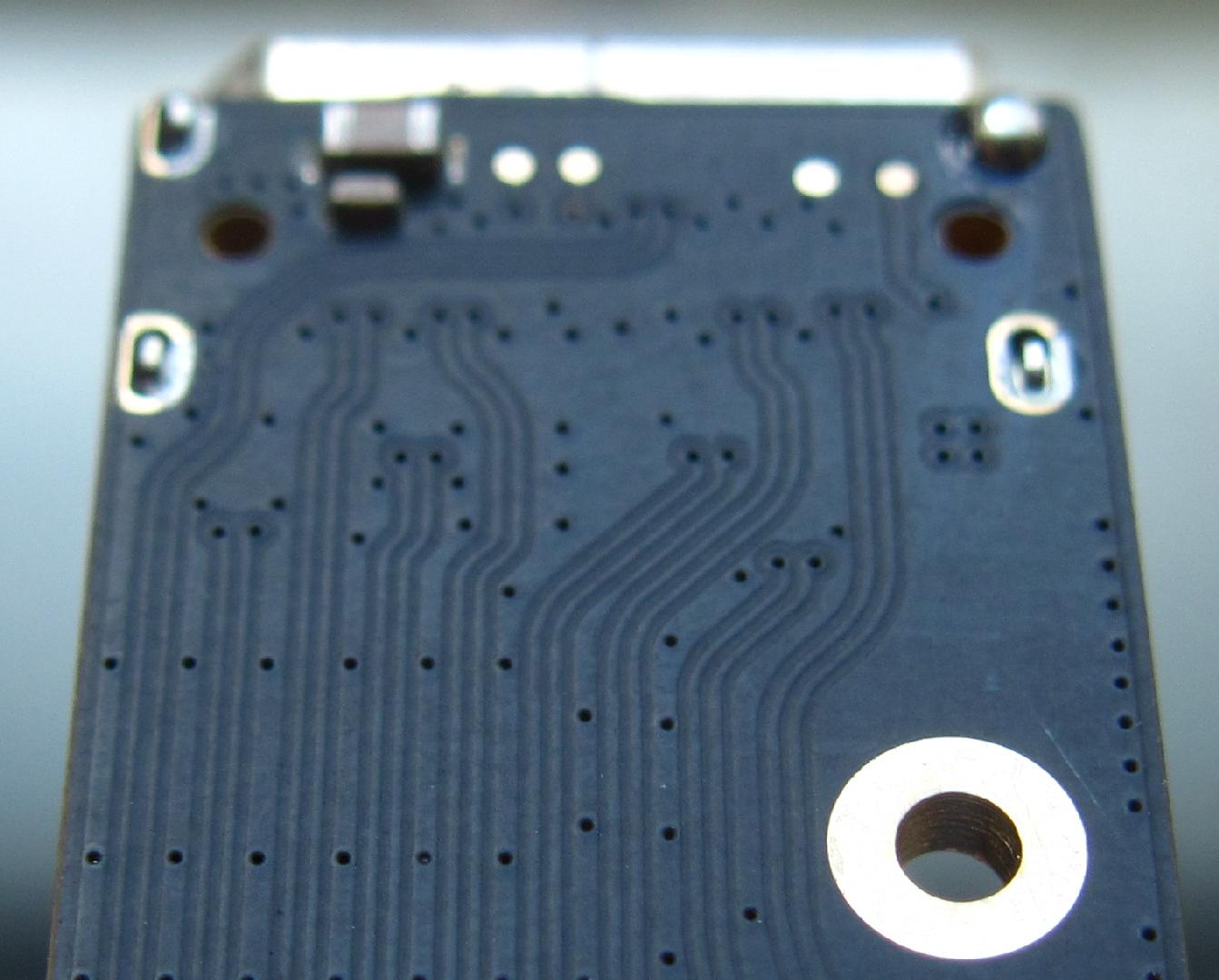It’s really not convenient to disassemble it all, so I restarted from the photos to take the measures. On this page, there’s a high-resolution photo of the board: https://docs.radxa.com/en/orion/o6/hardware-design/hardware-interface
I’m getting 965 pixels for 75mm spacing between holes. The die is 214px * 203px hence 16.7 * 15.77mm, and the inner space covering it is about 278px hence 21.6mm. On the photo above my pad is slightly too large, maybe 22mm. I think you should take 20x20mm and you’ll be fine. And it was 1mm thick BTW.
In my case, no config needed, though I slowed down the fan a little bit at rest (echo 15 > /sys/…/pwm) because I was hearing a faint buzz in my office that was attracting my attention (I’m extremely sensitive to fans and recurring noises). I also noticed that once it starts running faster due to temperature, it slows down at the default PWM speed which is a bit higher than 15, maybe 20 or so, so some times after running a build on it, I’m thinking “what’s this humm? ah yes of course” and I just ssh to it and echo 15 again. To be honest, 99.99% of the people won’t hear it at all.
I didn’t find it logical to suck hot air from the SoC to blow it through the heat sink, so I preferred to leave the tape. I have not made any measurement to compare with/without. Maybe it has no effect, maybe it’s counter productive, but the combined changes worked for me.
Unfortunately I don’t, I salvaged it from a larger one a long time ago (it has cut traces on two sides) and I had to flatten it a little bit (copper bends easily and when you pick it from your salvage tray, it’s rarely completely flat).
I think you can really take any copper pad of 1mm thick and around 20x20mm. Often they are sold in bags of 3, 5 or 10, and are aiming at GPUs, northbridges etc.
The thing I have not tried was to file the threaded holes to diminish their height and make it possible to press more on the SoC. I think it could be sufficient, but most likely the copper pad helps here by being larger than the SoC and spreading the heat into a larger area on the heat sink which likely has a moderately high thermal resistance due to not being very thick metal. But we’re talking about optimization and not something necessary IMHO.





